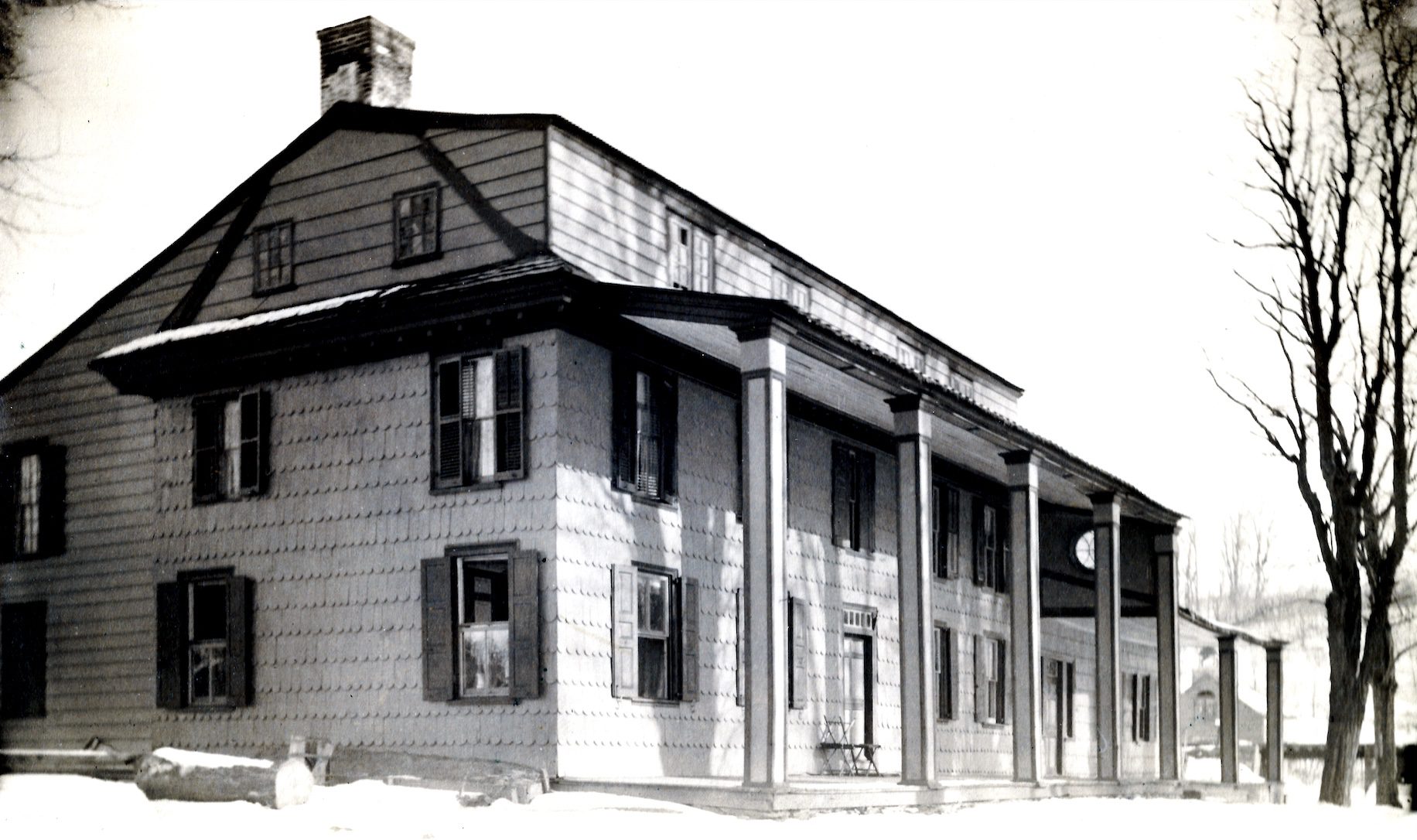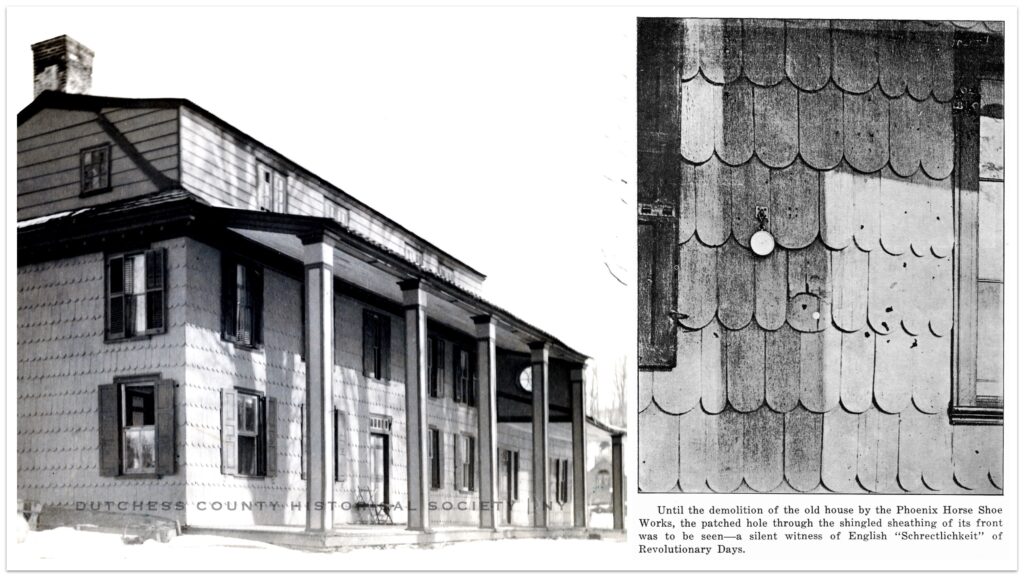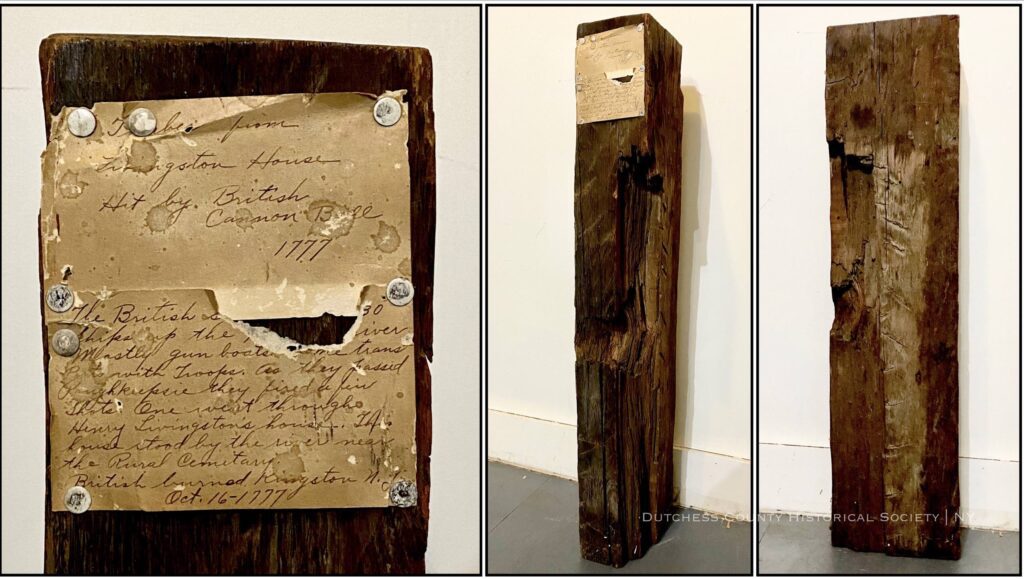During the Revolutionary War, George Washington called West Point on the Hudson River the key to the North American Continent. He (and the British) knew that British control of the Hudson would cut communications north/south and east/west.
Fortunately for American patriots, the British effort to invade from the north, from British Canada, while at the same time invading from the south, from British occupied New York City, did not work.
With the attempt from the north failing completely, the southern excursion became a tactical exercise in quickly invading, and burning New York State’s capital at the time, Kingston, to the ground. Which they did.
Poughkeepsie then became the operating capitol of New York State for the rest of the war.
Henry Livingston lived in a river estate in the south of Poughkeepsie, near today’s Rural Cemetery.
A letter to his brother in June of 1777 (DCHS Collections) is revealing, including the intimacy and casualness of the relationship between enslaver and enslaved. Livingston starts by saying, “Your negro just now delivered me the Bond and Tenant Books with your letter…”
Regionally, the Livingston family enslaved many men, women and children. As is seen here, many of these persons were entrusted with the most intimate and essential matters.
One of most famous stories from the Revolutionary War is the extraordinary advantage the Americans gained in the war as a result of the talents of James Armistead Lafayette, a formerly enslaved man who was deployed by the Marquis de Lafayette to infiltrate and report from the British enemy in Virginia.
Three months after the letter was written, the British did sail up the Hudson River. But they were not able to sustain a permanent strategic invasion, but instead burned the city of Kingston (then the NY State capital) to the ground, in a very costly act. The state capital was then moved to, and operated from, Poughkeepsie.
Among the more extraordinary items in DCHS collections is the beam from the Livingston house that was hit by a cannonball during the October incursion.
Starting at the top: The Poughkeepsie home of Henry Livingston was located at what is today the Poughkeepsie Rural Cemetery. Livingston did not repair the damage to the house and it became a curiosity for visitors. The cannonball itself is at the museum at George Washington’s Headquarters in Newburgh. Middle and bottom image: varying degrees of close-up of the beam that was saved from the house when it was demolished in the early 20th century.




